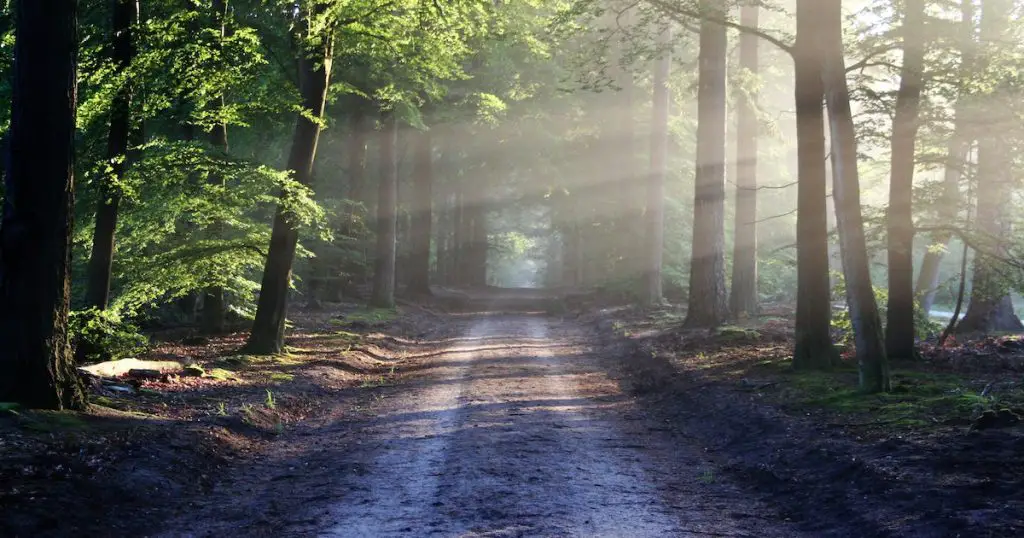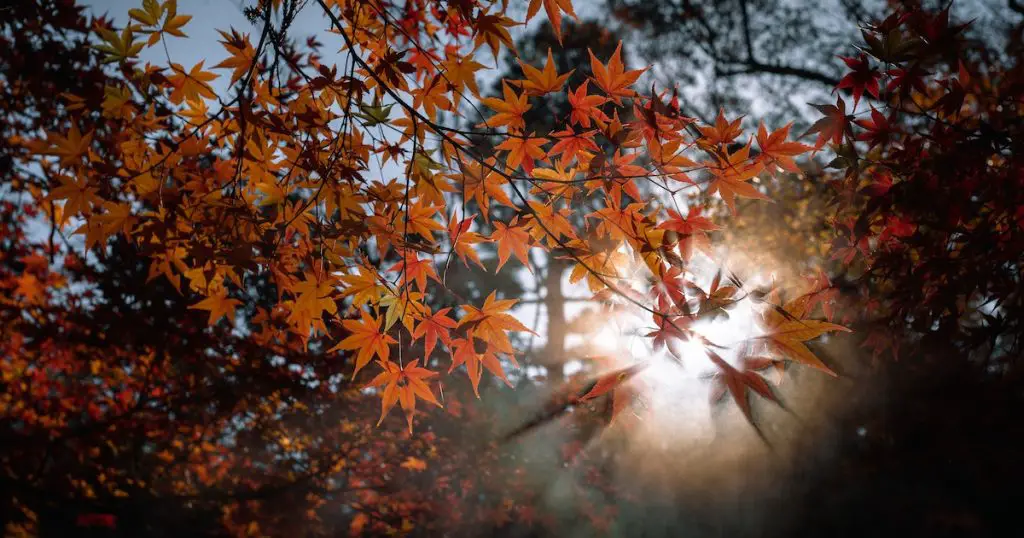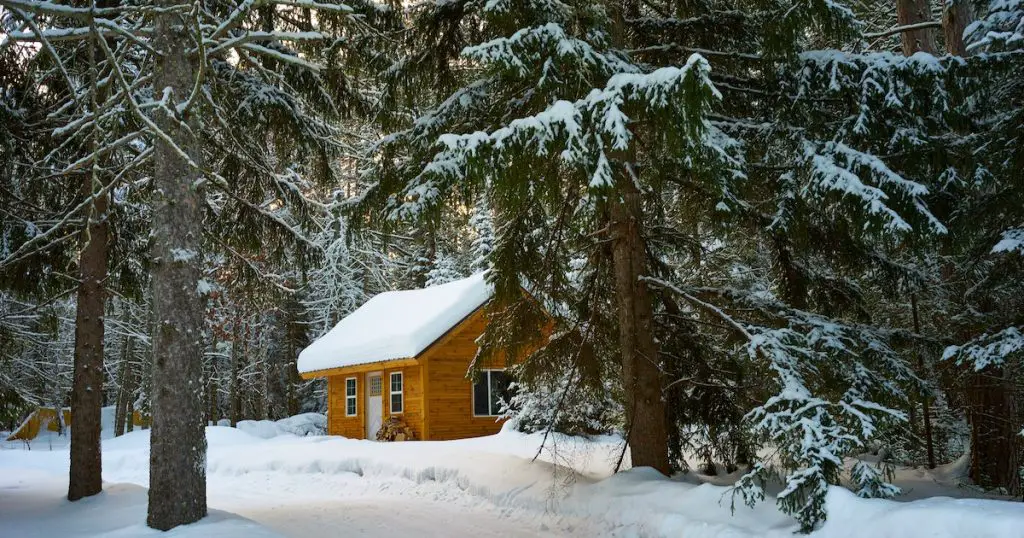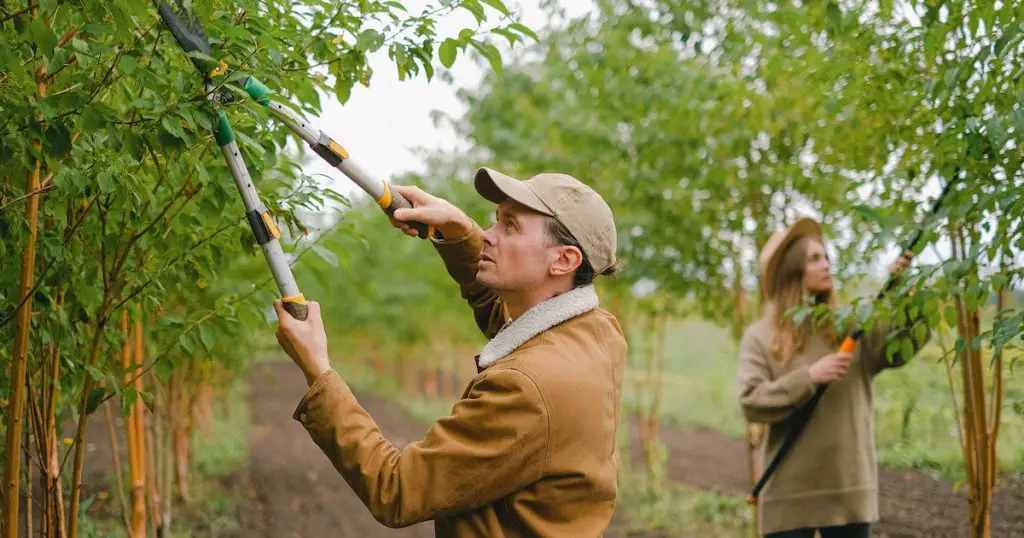Living in Prescott, Arizona brings its fair share of unique experiences, but one particularly distinct aspect is the area’s unique climate and geography.
When it comes to selecting the best trees for Prescott, AZ, it’s vital to understand this locale’s unique conditions. You want trees that not only survive but thrive, enhancing your landscape with their enduring beauty.

As an oasis nestled in the central highlands of Arizona, Prescott boasts a temperate climate that diverges from the stereotypical Arizonian desert. This diversity makes it possible for a variety of tree species to prosper.
Key Factors to Consider When Choosing Trees for Prescott
Understanding the specifics of your local environment is crucial when choosing which trees to plant. Prescott’s unique conditions come with their challenges, but the right knowledge can guide you to make an informed decision.
Prescott is known for its variety of soils, from sandy and rocky to clay-rich. This soil variation demands a careful selection of trees. University of Arizona‘s Cooperative Extension offers a helpful resource for understanding the area’s soil types and matching them with suitable trees.
Rainfall also plays a significant role in tree health. Prescott’s high desert climate comes with periods of dryness interspersed with annual monsoon rains. When choosing a tree, consider its drought tolerance and water needs. Some trees are remarkably drought-tolerant and can thrive in semi-arid conditions.
Trees grow at different rates, and the growth speed often correlates with how much maintenance they need. Fast-growing trees can provide shade quickly, but they might also need more pruning and care. Conversely, slower-growing trees may take longer to mature, but they often need less maintenance.
Finally, local pests and diseases can affect tree health. Select species resistant to prevalent issues in the area to ensure longevity. The Arizona State University’s Plant Services provides a comprehensive list of common diseases and pests.
The Five Best Deciduous Trees for Prescott
The color and vibrancy of deciduous trees are a sight to behold. Their changing leaves offer dynamic beauty throughout the seasons, making them a popular choice for Prescott homeowners.
Arizona Ash, or Fraxinus velutina, is a hardy tree that’s native to the Southwestern United States. It offers ample shade with its wide canopy and can withstand the area’s drought conditions well. However, it’s essential to regularly water Arizona Ash, particularly during dry spells.
The Autumn Blaze Maple is an eye-catching addition to any landscape, thanks to its stunning fall foliage. It’s a hybrid maple variety, combining the hardiness of the native red maple with the vibrant fall colors of the silver maple. Despite not being a native species, it has been successfully grown in similar climates.

Western Redbud (Cercis occidentalis) adds a splash of spring color to your yard. This small deciduous tree or shrub showcases clusters of rosy pink flowers in the early spring, even before the leaves appear. It’s an adaptable species that can tolerate various soil types and requires little water once established.
The Modesto Ash is another fast-growing tree that can provide ample shade in a short time. Its leaves change from a bright green to a vibrant yellow in the fall, adding color to your landscape.
Finally, the Chinese Pistache is a perfect option if you’re looking for a drought-tolerant deciduous tree. It’s renowned for its brilliant fall colors and can thrive in a range of soil types.
Top Five Evergreen Trees for Prescott
Evergreen trees are a classic choice for any landscape due to their year-round foliage. Here are some top recommendations for evergreens that can thrive in Prescott’s climate.
The Arizona Cypress is an excellent native option, known for its stunning blue-green needles and thick, pyramidal form. This evergreen is drought-tolerant and can adapt to various soil conditions, making it an easy and beautiful choice for Prescott landscapes.
The Aleppo Pine is another solid choice for Prescott’s climate. Originating from the Mediterranean region, this tree is no stranger to hot, dry conditions. It’s a fast-growing, resilient tree that provides excellent shade and visual interest with its somewhat irregular form.

The Juniper tree species are particularly diverse, with some varieties growing as shrubs and others as towering trees. They’re known for their extreme drought resistance, making them ideal for Prescott’s dry periods. Junipers require minimal care and provide year-round greenery to any landscape.
The Colorado Blue Spruce is not a native tree, but it’s worth considering for its remarkable beauty. Known for its distinctive silvery-blue needles, this tree adds a touch of winter charm to the landscape. Despite being a colder region tree, it can tolerate Prescott’s summer heat if adequately watered.
Last but not least, Live Oak offers a unique combination of broadleaf and evergreen qualities. While most oaks are deciduous, the Live Oak retains its leaves year-round, providing constant shade and beauty. Its acorns can also attract local wildlife, adding to your yard’s biodiversity.
The Five Best Fruit Trees for Prescott
Planting fruit trees can be a rewarding experience, offering both aesthetic beauty and delicious homegrown produce. Here are some fruit trees suitable for Prescott’s conditions.
Apple trees are a traditional favorite and thrive in Prescott’s temperate climate. Various varieties do well, but the ‘Anna’ apple is particularly recommended for Arizona’s high heat.
Peach trees love sun and warmth, making them a suitable choice for Prescott’s summers. Consider varieties like ‘Desert Gold’ or ‘Early Elberta’ that have been cultivated for warmer climates.
Fig trees are not only easy to grow, but they also produce delicious fruit. The ‘Black Jack’ and ‘Brown Turkey’ varieties are known for their ability to flourish in dry, hot conditions like those in Prescott.
Pomegranate trees can add an exotic touch to your landscape. Besides being drought and heat tolerant, they bear beautiful flowers and nutritious fruit. ‘Wonderful’ and ‘Angel Red’ are well-suited varieties for Arizona’s climate.
Apricot trees are early bloomers, bringing an explosion of beautiful flowers at the beginning of the year and delicious fruits later on. ‘Gold Kist’ and ‘Tropic Gold’ are excellent choices for the Prescott area.
Preserving Prescott’s Natural Beauty: Native Trees to Consider
The incorporation of native trees in your landscape helps to preserve and promote Prescott’s natural beauty. There are several native trees to consider for their environmental benefits and adaptation to local conditions.
The Ponderosa Pine is one of the most majestic trees native to the Southwest. It’s known for its tall, imposing presence and its unique, vanilla-scented bark. They’re a classic choice for the Prescott landscape, well-adapted to local climate and soil conditions.
The Alligator Juniper is another native species that symbolizes the resilience of nature. This tree, named for its distinctive bark that resembles alligator skin, is known to survive and even thrive in harsh conditions.
Lastly, the Gambel Oak is an adaptable and sturdy tree that can handle various soil types and environmental conditions. It provides beautiful fall color and attracts a range of wildlife with its acorns.
Tree Planting and Care Tips for Prescott Residents

Choosing the right tree species is just the first step in establishing a thriving landscape. Proper planting and care are also crucial for your trees’ health and longevity.
Prescott’s unique climate necessitates timing your tree planting correctly. Spring is generally a good time, allowing trees to establish before the hot summer months. However, fall can also work, especially for native and drought-tolerant species.
When planting a tree in Prescott, preparing the site correctly is vital. Dig a hole twice as wide as the root ball but no deeper. Plant the tree at the same depth it was growing in the nursery. This is important as planting too deep can stress the tree and inhibit growth.
Once your tree is planted, ongoing care is vital. Watering is crucial, particularly in the first few years. While the exact water needs depend on the species, most newly planted trees need water once every 7-10 days during the summer months. In the first year, you should also water during dry winter periods.
Pruning is another critical aspect of tree care. Regular pruning helps keep trees healthy and aesthetically pleasing. The Prescott Pruning Guide provides a helpful guide for local residents.
Disease prevention is also vital for long-term tree health. Regularly inspect your trees for signs of disease or pests. Catching and addressing these issues early can prevent significant damage and ensure the longevity of your trees.
Frequently Asked Questions
Now, let’s address some common questions about tree selection, planting, and care in Prescott.
What Trees Should I Avoid Planting in Prescott?
Some trees are not well-suited to Prescott’s climate and conditions. For example, trees that require a lot of water or are not tolerant of hot, dry conditions are generally not suitable. Non-native invasive species should also be avoided as they can damage local ecosystems.
Can I Plant Exotic Trees in Prescott?
Yes, you can plant exotic trees in Prescott, provided they are suited to the local climate and conditions. It’s essential to check whether the tree species is invasive before planting, as some exotics can harm local ecosystems.
How Do I Protect My Trees from Local Pests and Disease?
Regular inspection is the first step to protect your trees. Look for signs of disease or pest infestation, such as discolored leaves, unusual leaf drop, or visible pests. If you identify an issue, consult with a local arborist or the Yavapai County Cooperative Extension for guidance.
When is the Best Time to Prune Trees in Prescott?
The best time to prune depends on the tree species. Generally, most trees benefit from pruning during late winter or early spring before the new growth starts. However, some trees, like spring-flowering species, should be pruned immediately after their blooms fade.
How Often Should I Water My Trees in Prescott?
Newly planted trees should be watered every 7-10 days during the summer and during dry winter periods for the first year. After the first year, watering can usually be reduced. Mature trees, particularly native and drought-tolerant species, may only need watering every few weeks during the summer.
Summary: Growing a Tree-Filled Future in Prescott
Choosing the right trees for your Prescott landscape doesn’t have to be a daunting task. With a bit of understanding about the local climate, soil types, and the unique needs of different tree species, you can make informed decisions that will lead to a flourishing and sustainable garden.
From the color-changing leaves of deciduous trees to the year-round shade of evergreens, and the added bonus of fruit-bearing trees, there’s



Leave a Comment
You must be logged in to post a comment.